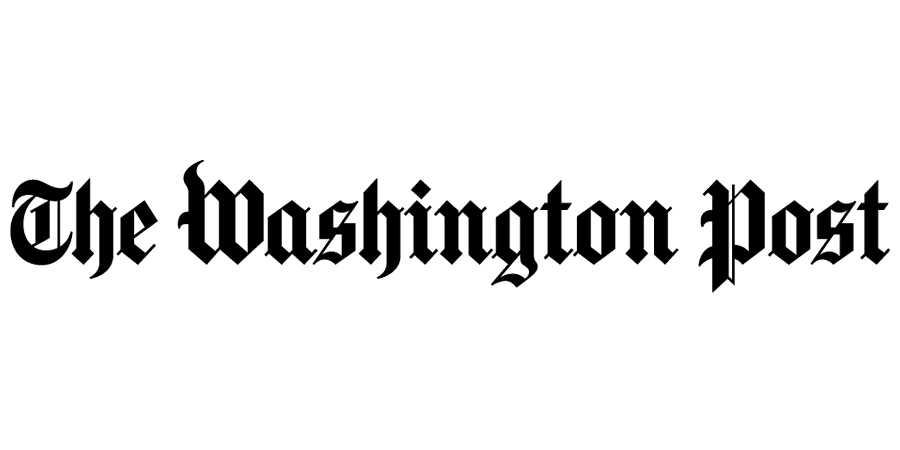Last week, President Trump’s whirlwind 36 hours in India included a huge cricket stadium rally in Ahmedabad that recalled Houston’s “Howdy Modi” joint appearance last September with Prime Minister Narendra Modi. The trip generated photo ops in Sabarmati Ashram, where Mohandas “Mahatma” Gandhi once lived and worked; in Agra at the Taj Mahal; and at a state dinner in Trump’s honor.
Here’s what didn’t happen: The United States and India failed to produce a trade agreement, although there were repeated hints that the two sides were racing to complete the deal. Despite Trump’s assurance that negotiators are working on “the big deal for later on,” the absence of even a limited trade agreement reveals the difficulties inherent in trading with India.
What happened, and where are the bilateral negotiations likely to go from here?
1. Why was a trade agreement necessary?
U.S. trade officials have been pushing to negotiate a “mini trade deal” with India as a way to address a litany of market access disputes that have arisen in recent years.
The primary U.S. complaints stem from India’s use of tariff and non-tariff barriers to shield agricultural producers and select manufacturing industries. India has historically maintained prohibitive tariffs on a broad swath of agricultural goods to protect nearly 126 million small, inefficient farmers — the government fears foreign competition would significantly disrupt the livelihoods of these farmers.
Over the past three years India has increased tariffs in violation of World Trade Organization (WTO) commitments on information and communications technology products. And India also maintained price controls on coronary stents and knee-replacement hardware, and it added additional import duties on medical devices in the 2020 Union Budget. India alleges that the United States maintains anti-competitive practices and points to Trump’s unilateral steel and aluminum tariffs and the use of anti-competitive subsidies for U.S. domestic dairy producers.
Read the full article here

